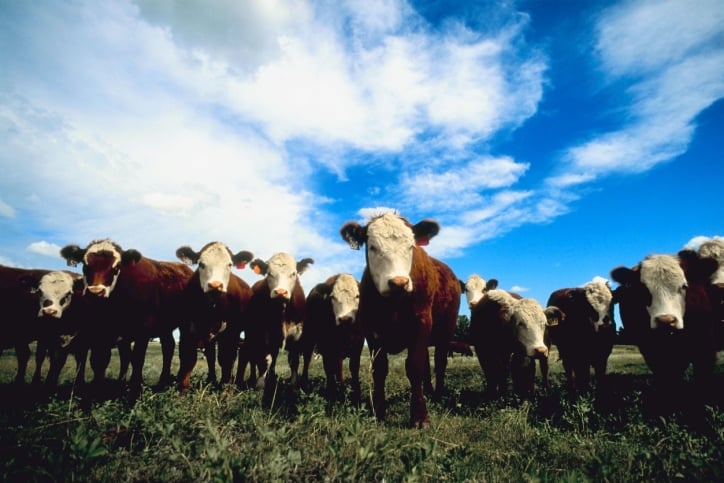
Source: Thinkstock
Much higher prices, in fact, according to USA Today, which reports that the average retail cost of fresh beef rose to $5.28 a pound in February, the highest price since 1987 and nearly 25 cents higher than the January price. The price paid to ranchers who raise cattle rose to $1.44 a pound in February, up from $1.25 in January, but lower than the preliminary estimate of $1.47 a pound for March.
For now consumers are coping with the rising costs by buying either pork or chicken, but pork prices are up due to a disease that’s killing young pigs and chicken prices are rising because demand for poultry is increasing as both beef and pork are already too high for some consumers.
The U.S. Department of Agriculture (USDA) has amended its forecast for 2014 beef production and for beef prices. Production is now expected to be down 4.5% compared with last year to the lowest level since 2004, the forecast says, but production will rise in the second half of the year. The price for fed cattle is expected to rise to a range of $1.44 to $1.51 a pound, sharply above last year’s record price of around $1.26 a pound.
The total number of cattle slaughtered last week totaled 573,000 head, a drop of 1.7% from the previous week and a drop of 5.6% from the same period a year ago. If the USDA forecast that the slaughter numbers will rise in the second half is accurate, that should help keep prices in check.
But the only thing that will lower retail prices — or at least stop them from rising so quickly — is an increase in the size of the U.S. cattle herd. And that will take a couple of years to make happen. The price drop, however, isn’t expected to be substantial. Beef prices, like oil prices, are higher for good.
Essential Tips for Investing: Sponsored
A financial advisor can help you understand the advantages and disadvantages of investment properties. Finding a qualified financial advisor doesn’t have to be hard. SmartAsset’s free tool matches you with up to three financial advisors who serve your area, and you can interview your advisor matches at no cost to decide which one is right for you. If you’re ready to find an advisor who can help you achieve your financial goals, get started now.
Investing in real estate can diversify your portfolio. But expanding your horizons may add additional costs. If you’re an investor looking to minimize expenses, consider checking out online brokerages. They often offer low investment fees, helping you maximize your profit.
Thank you for reading! Have some feedback for us?
Contact the 24/7 Wall St. editorial team.



